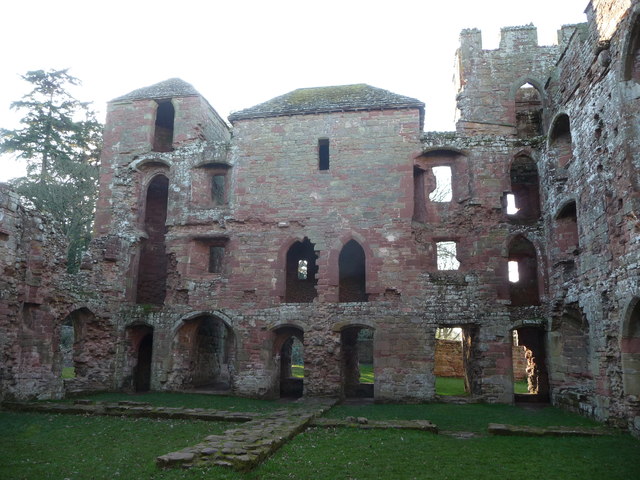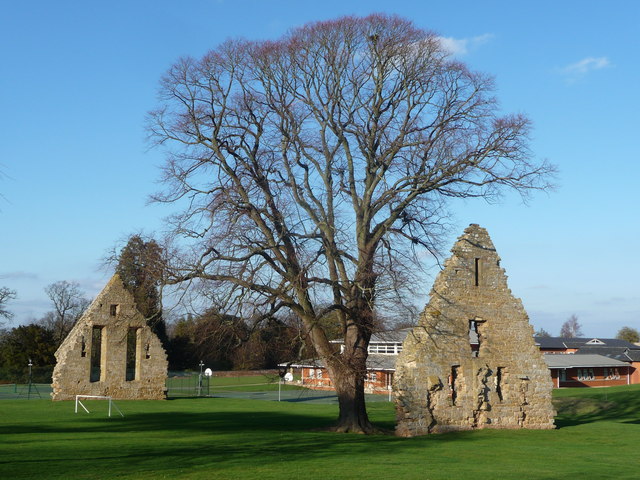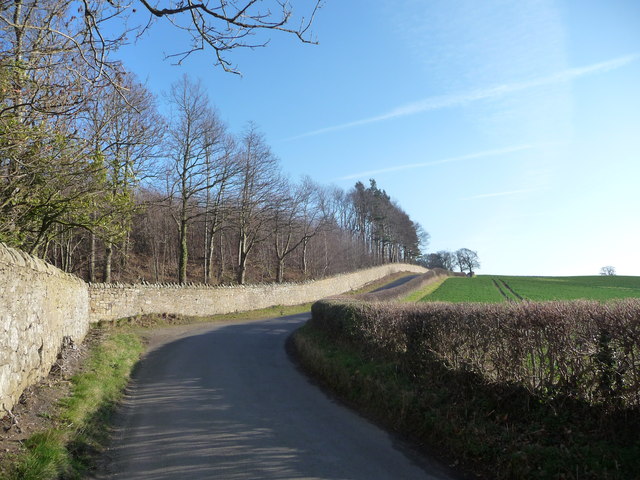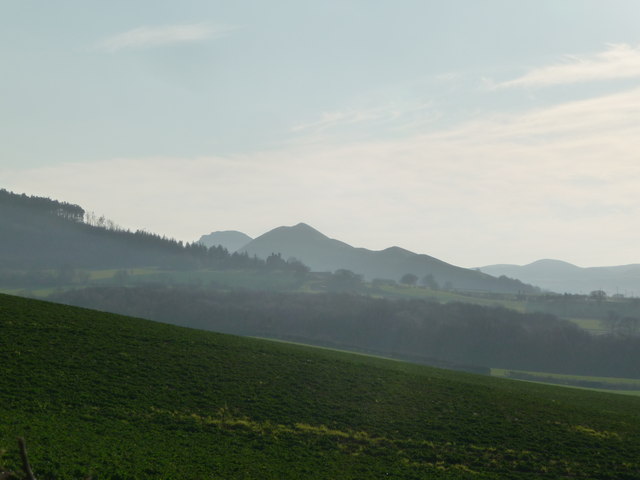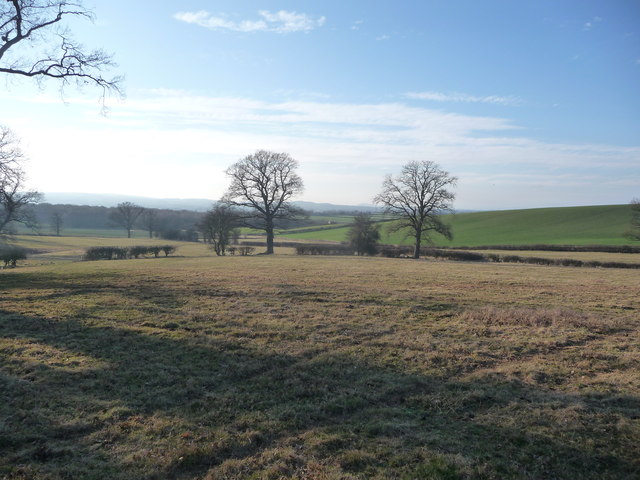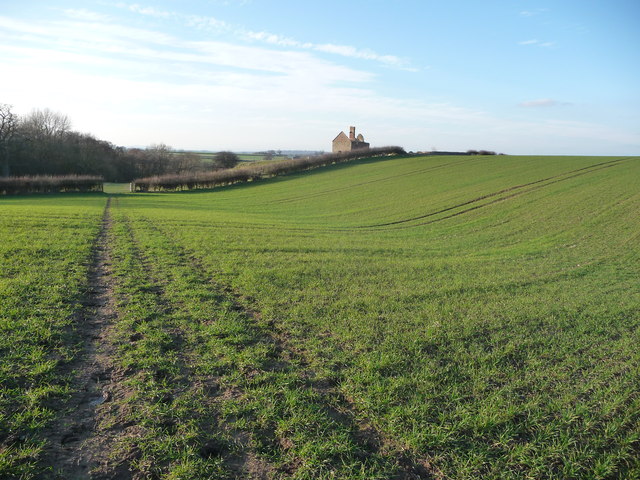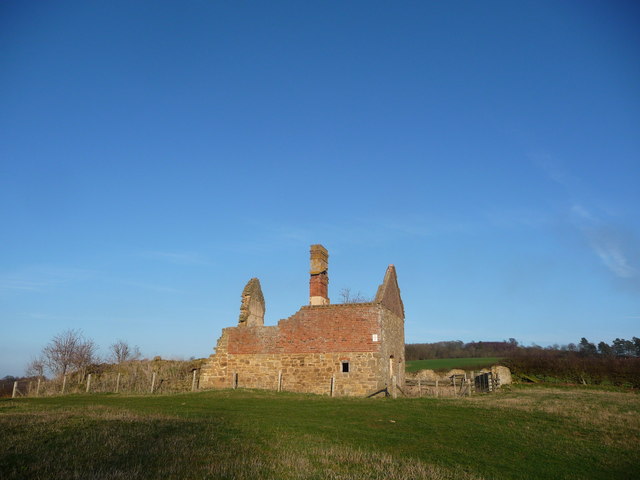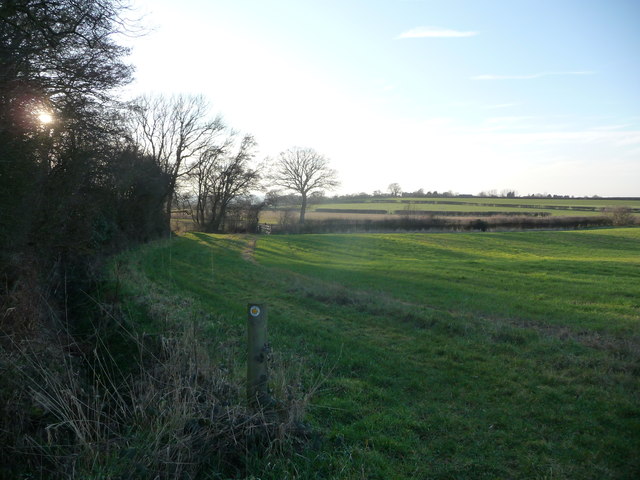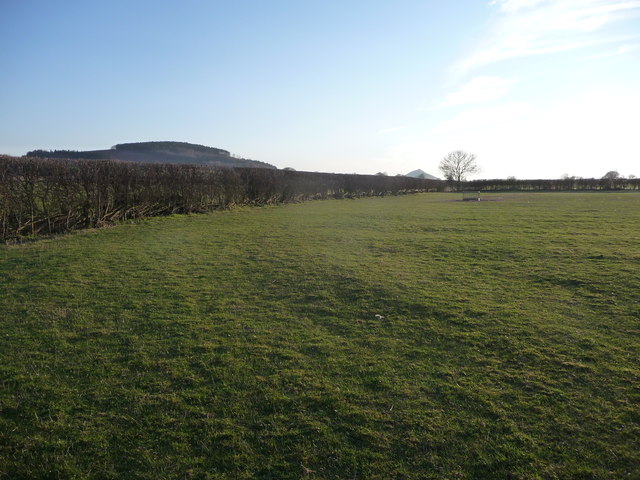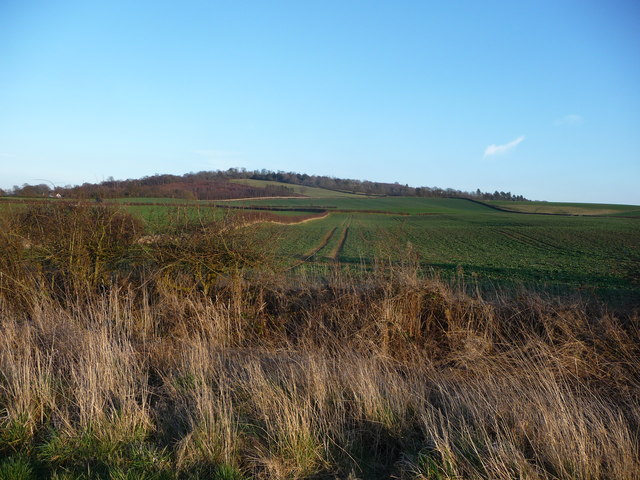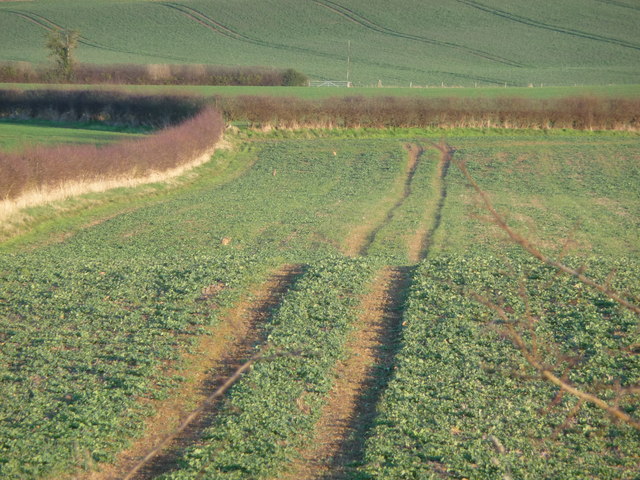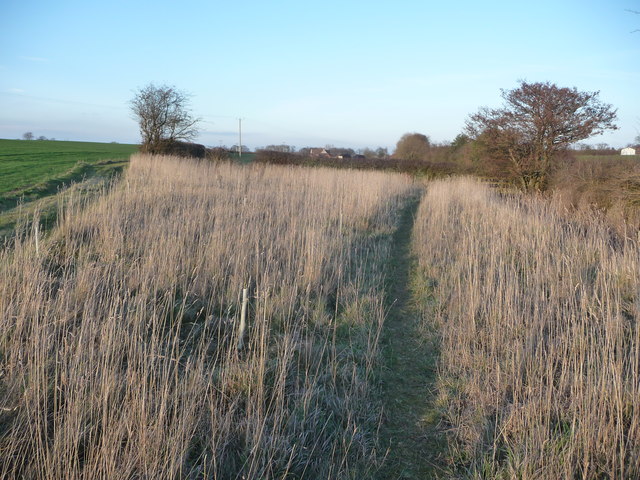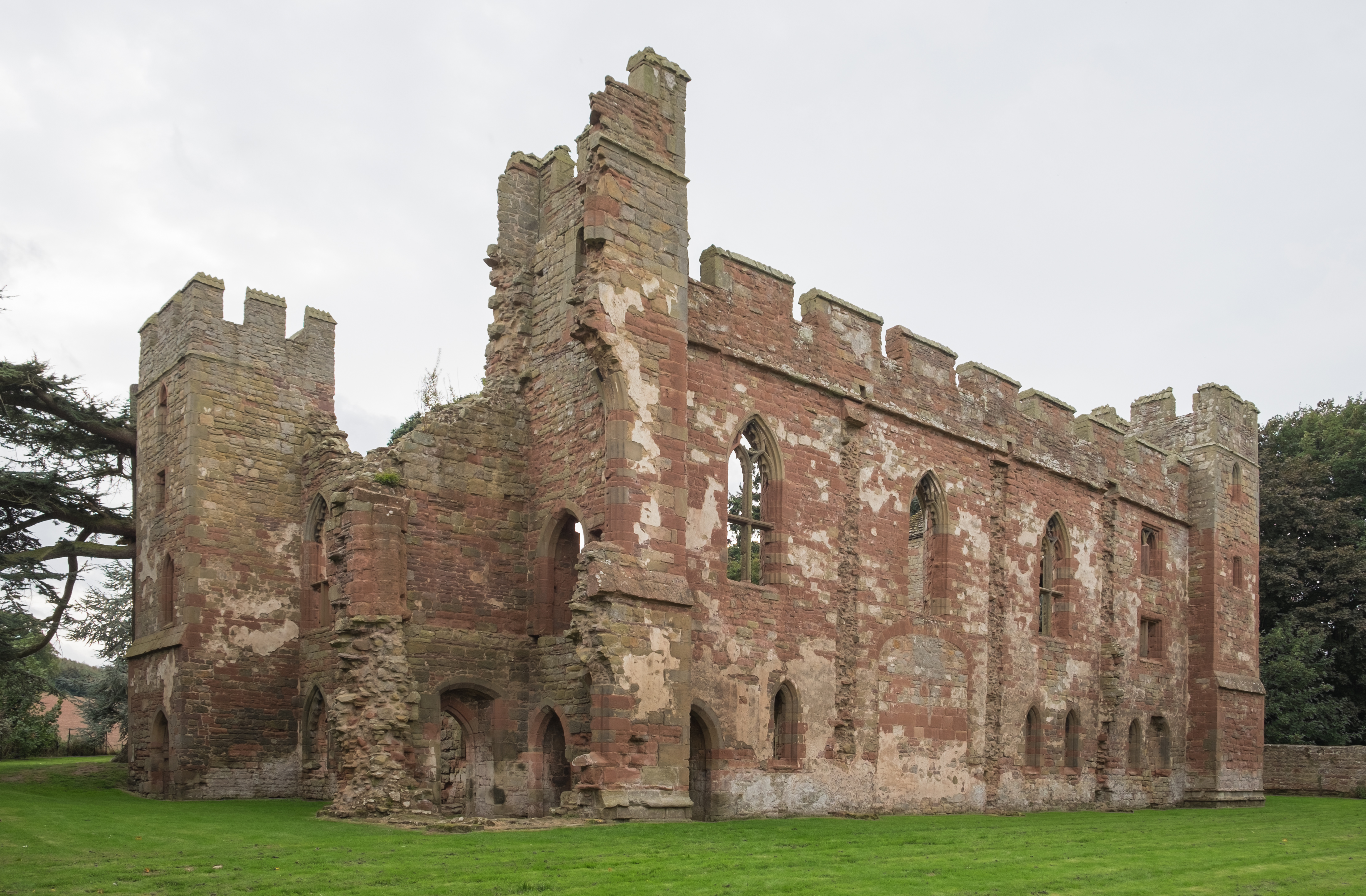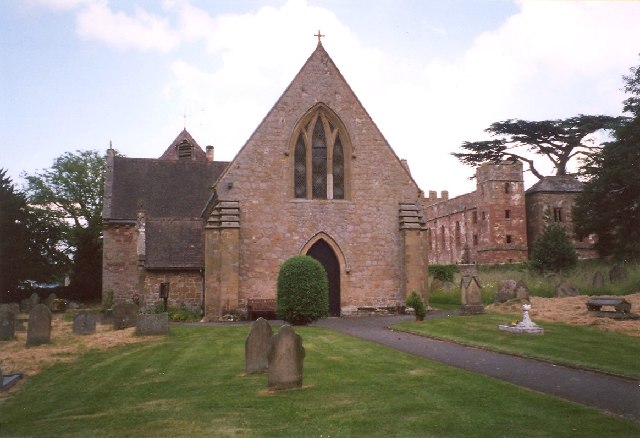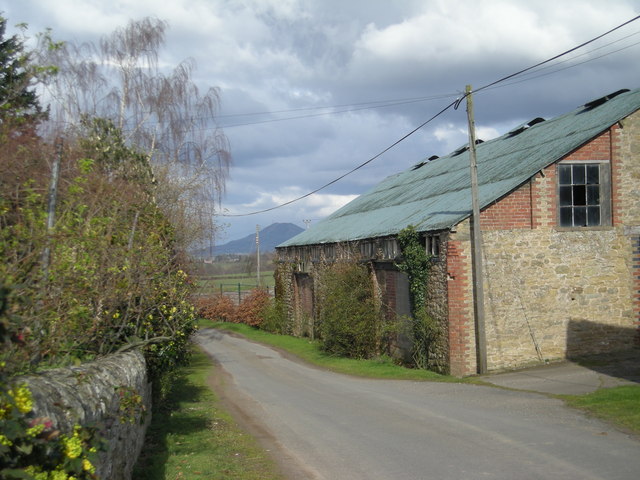Acton Burnell
Civil Parish in Shropshire
England
Acton Burnell
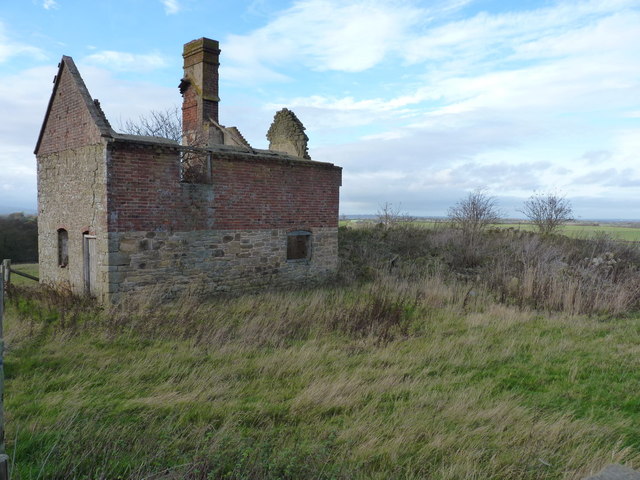
Acton Burnell is a civil parish located in the county of Shropshire, England. Situated approximately 10 miles south of the town of Shrewsbury, Acton Burnell is a small rural village with a population of around 400 residents. The parish is set in a picturesque countryside setting, with rolling hills and beautiful landscapes.
One of the notable features of Acton Burnell is the Acton Burnell Castle, which was built in the 13th century and is now a historical ruin. The castle was originally constructed by Robert Burnell, the Bishop of Bath and Wells, and was later passed down to his nephew, who was a prominent member of Parliament. Today, visitors can explore the remains of the castle, including the impressive Great Hall, which is one of the earliest surviving buildings of its kind in England.
The village is also home to the Acton Burnell Cricket Club, which was established in 1881 and has a long history of competitive cricket. The club plays its home matches at the Acton Burnell Cricket Ground, which provides a picturesque setting for both players and spectators.
In terms of amenities, Acton Burnell has a village hall that serves as a community hub, hosting various events and activities throughout the year. The village also has a primary school, providing education for local children.
Overall, Acton Burnell is a charming and historic village, offering a peaceful and idyllic setting for its residents and visitors alike.
If you have any feedback on the listing, please let us know in the comments section below.
Acton Burnell Images
Images are sourced within 2km of 52.614056/-2.686052 or Grid Reference SJ5302. Thanks to Geograph Open Source API. All images are credited.
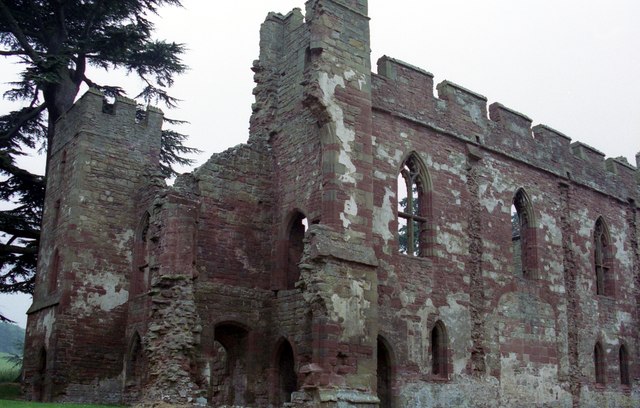
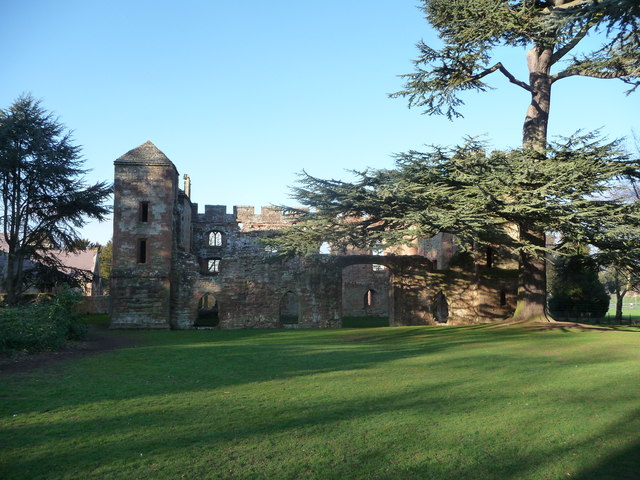
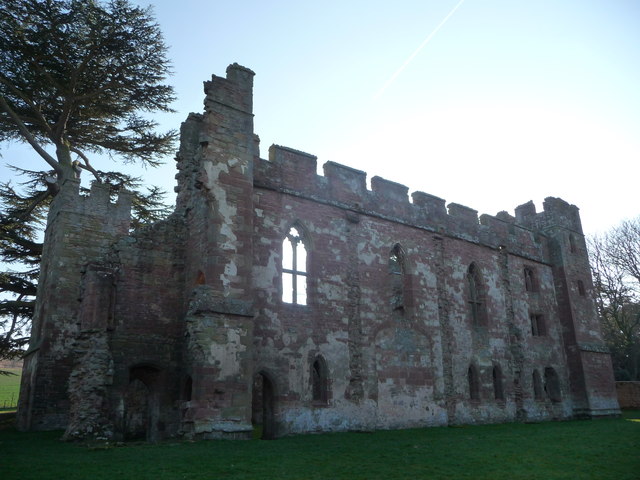
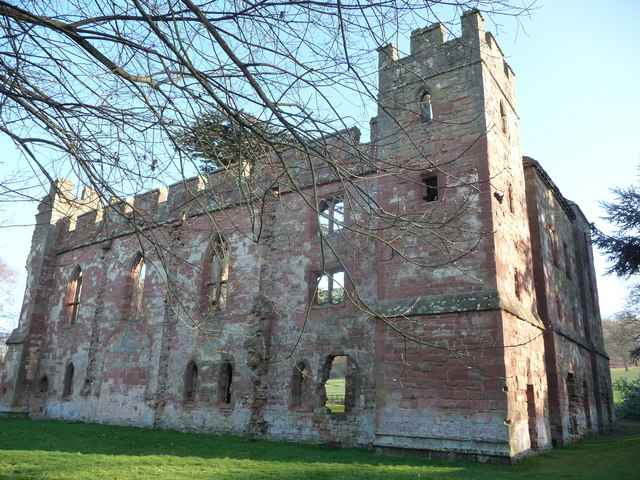
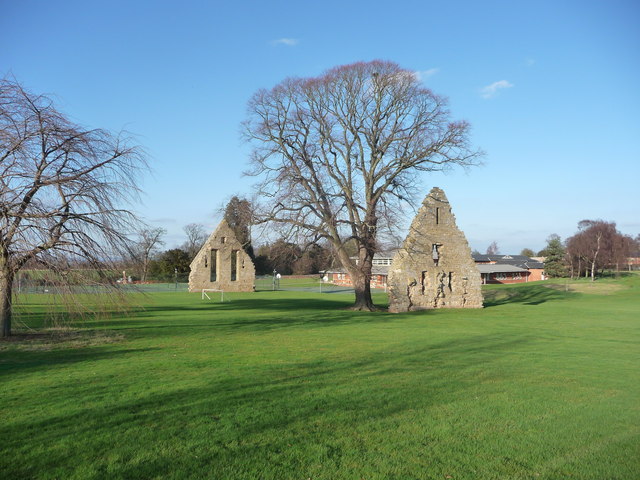
Acton Burnell is located at Grid Ref: SJ5302 (Lat: 52.614056, Lng: -2.686052)
Unitary Authority: Shropshire
Police Authority: West Mercia
What 3 Words
///spaceship.defensive.shunted. Near Kenley, Shropshire
Nearby Locations
Related Wikis
Concord College, Acton Burnell
Concord College is an independent co-educational international day/boarding school in Shropshire, England situated in the grounds of Acton Burnell Castle...
Acton Burnell Hall
Acton Burnell Hall is a 19th-century country house, now used as a private school, located near the village of Acton Burnell, Shropshire, England. This...
Acton Burnell Castle
Acton Burnell Castle is a 13th-century fortified manor house, located near the village of Acton Burnell, Shropshire, England (grid reference SJ534019)...
St Mary's Church, Acton Burnell
St Mary's Church is in the village of Acton Burnell, Shropshire, England, and stands near the ruins of Acton Burnell Castle. It is an active Anglican...
Acton Burnell
Acton Burnell () is a village and parish in the English county of Shropshire. Home to Concord College, it is also famous for an early meeting of Parliament...
Acton Pigott
Acton Pigott is a hamlet in the English county of Shropshire. It lies just outside the village of Acton Burnell. == See also == Listed buildings in Acton...
Pitchford
Pitchford is a small village in the English county of Shropshire. It is located between Cantlop and Acton Burnell and stands on an affluent of the River...
Ruckley and Langley
Ruckley and Langley is a civil parish in Shropshire, England. It is centred on the hamlets of Ruckley and Langley. The population at the 2011 census can...
Nearby Amenities
Located within 500m of 52.614056,-2.686052Have you been to Acton Burnell?
Leave your review of Acton Burnell below (or comments, questions and feedback).
